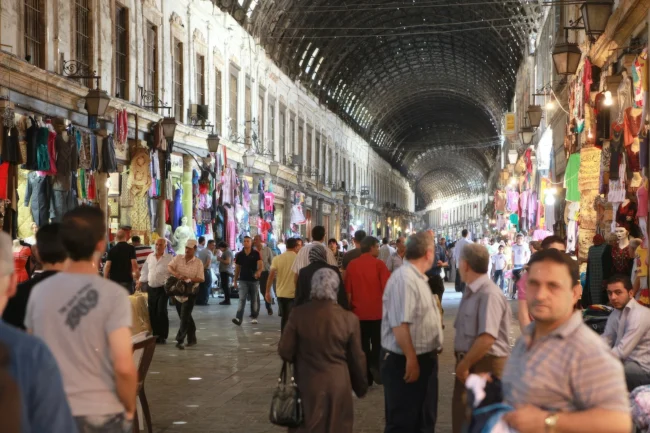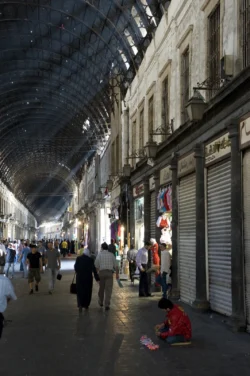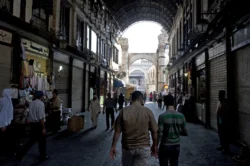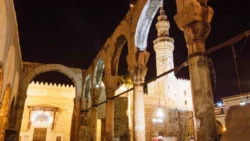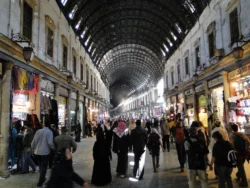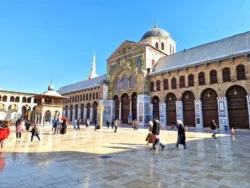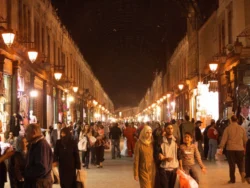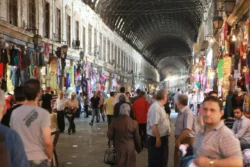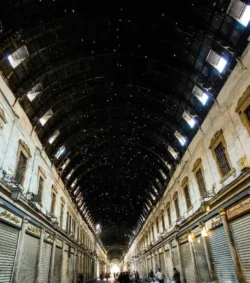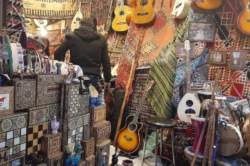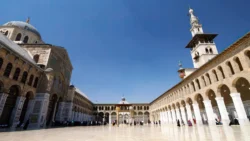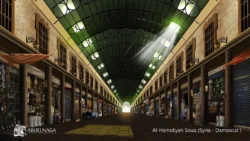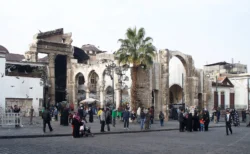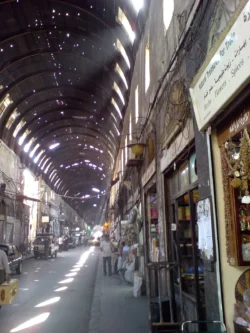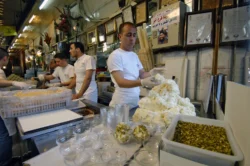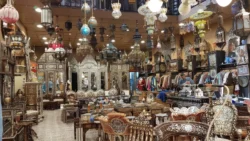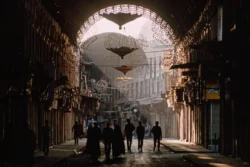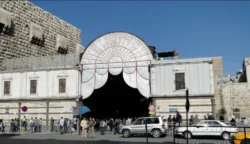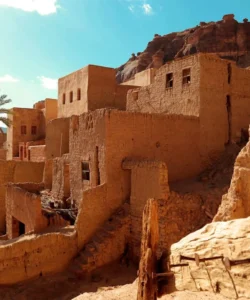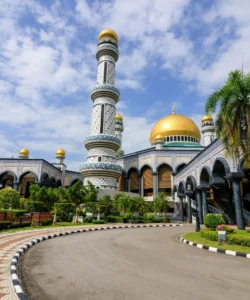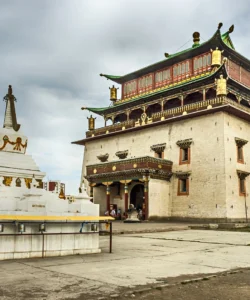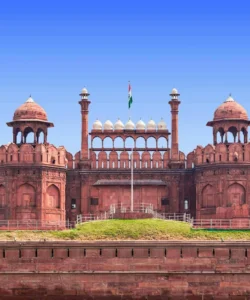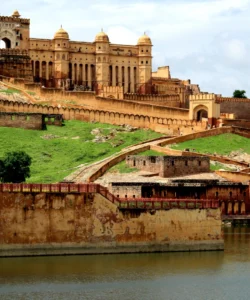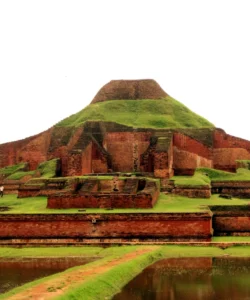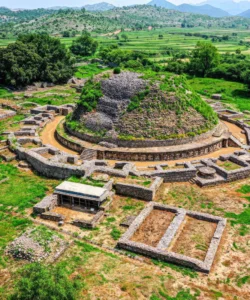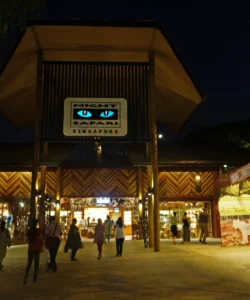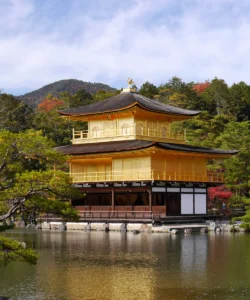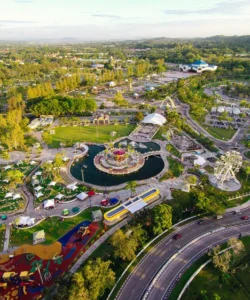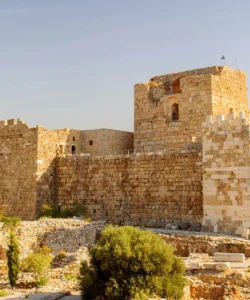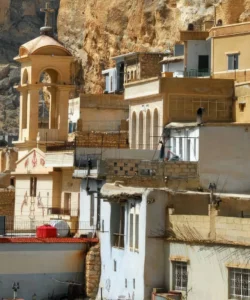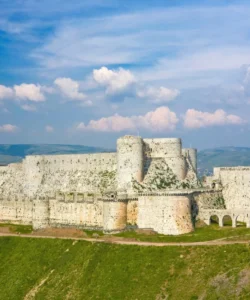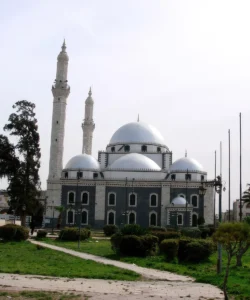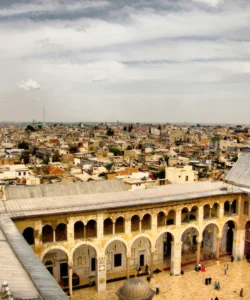Al-Hamidiyah Souq is the largest and most famous market in Damascus, Syria. It is a bustling, covered bazaar that stretches through the heart of the Ancient City, connecting the Roman ruins at its entrance to the Umayyad Mosque. More than a market, it is a historical landmark that has served as a center of commerce and culture for centuries.
Listen to an introduction about Al-Hamidiyah Souq
Name and Address
Name: Al-Hamidiyah Souq (Arabic: سوق الحميدية, Sūq al-Ḥamīdīyyah).
Address: The souq is located in the walled Ancient City of Damascus, Syria, starting at Al-Thawra Street and ending at the plaza of the Umayyad Mosque. Its grand entrance is flanked by the towering ruins of the ancient Temple of Jupiter.
How to Get There
A note on travel: Due to the ongoing conflict in Syria, most governments advise against all travel to the country. It is crucial to consult up-to-date travel advisories from your home country before considering any travel to the region.
Assuming safe travel is possible, here is how you would typically get there:
- On Foot: The souq is at the heart of the Old City and is a short walk from other major landmarks. This is the best way to experience its vibrant atmosphere.
- By Taxi: Taxis can drop you off near the main entrance on Al-Thawra Street, as cars are not allowed inside the market.
Landscape and Architecture
The most striking architectural feature of Al-Hamidiyah Souq is its roof, which creates a unique and atmospheric interior.
- Covered Street: The souq is a long, straight street, approximately 600 meters long and 15 meters wide, covered by a high, vaulted metal arch.
- “Stars of Damascus”: The metal roof is perforated with small holes, which were caused by machine gun fire during the French mandate. These holes allow shafts of sunlight to pierce through, creating mesmerizing beams of light that many locals affectionately refer to as the “Stars of Damascus.”
- Roman Ruins: The entrance to the souq is marked by the majestic ruins of the Roman Temple of Jupiter, a testament to the city’s layered history.
What Makes It Famous
Al-Hamidiyah Souq is famous for its historical significance and its vibrant, sensory experience.
- A Living Historical Landmark: It is a vibrant marketplace built on the path of a Roman thoroughfare, where history and modern life coexist. Its role as a commercial hub for the city has continued for over a century.
- Shopping Destination: The souq is a destination for both locals and tourists, offering a wide variety of goods, including traditional Syrian handicrafts, textiles, spices, perfumes, and clothing. It is also home to famous ice cream shops like Bakdash, which has been serving its unique ice cream since 1895.
- Cultural Icon: The souq is a cultural institution that represents the traditional spirit of Damascus. It has been a meeting place, a center of commerce, and a symbol of the city’s resilience.
Differences from Some Other Wonders (e.g., The Grand Bazaar in Istanbul)
While Al-Hamidiyah Souq is often compared to other famous covered markets, it has some distinct differences.
- Historical Layers: The souq is built directly on top of and alongside ancient Roman ruins, providing a unique historical context that is not as prominent in Istanbul’s Grand Bazaar.
- Layout and Structure: Al-Hamidiyah Souq is a single, long, covered street with smaller side alleys. The Grand Bazaar in Istanbul is a much larger and more labyrinthine complex of vaulted, domed structures and streets.
- Atmosphere: While both are bustling and vibrant, the “Stars of Damascus” and the blend of Roman ruins with Ottoman architecture give Al-Hamidiyah Souq a unique and memorable atmosphere.
Al-Hamidiyah Souq Photos:
